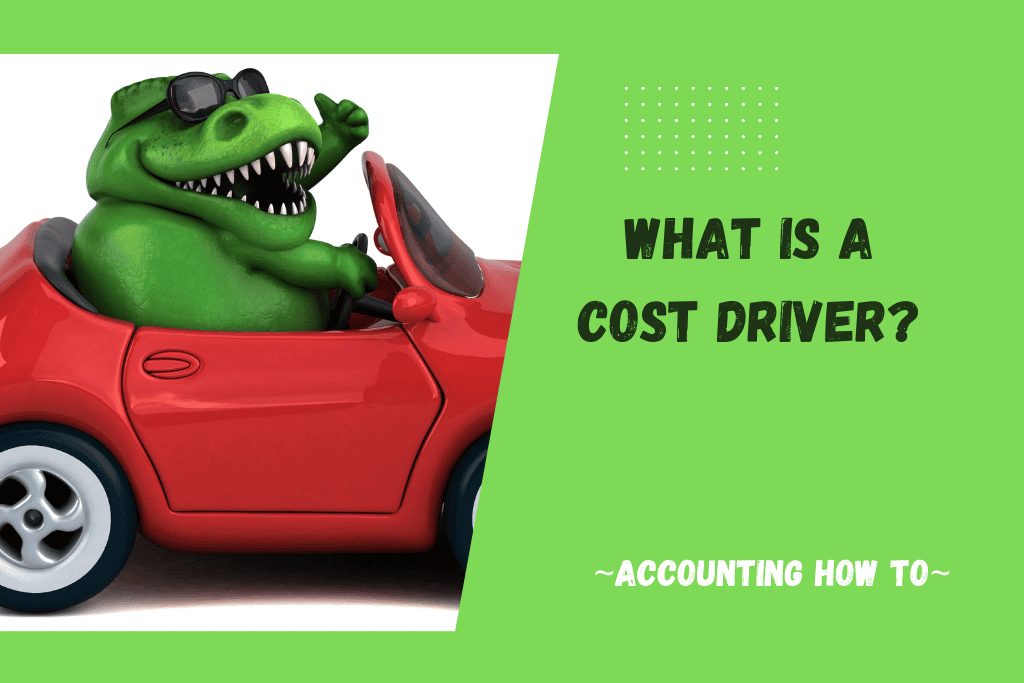A cost driver is a factor that causes or influences the incurrence of costs within an organization. It is an activity or event that leads to the consumption of resources and, therefore, the generation of costs. Cost drivers are used in activity-based costing (ABC) and other cost allocation methods to allocate indirect costs to products, services, or other cost objects.
The selection of appropriate cost drivers is crucial for accurately assigning costs to cost objects, as it ensures that costs are allocated in proportion to the activities or events that drive those costs. The choice of cost drivers depends on the nature of the organization’s operations and the activities that have a significant impact on costs.
Here are a few examples of cost drivers in different contexts:
- Machine Hours: In a manufacturing setting, machine hours can be used as a cost driver for allocating overhead costs. The more hours a machine is used, the higher the associated costs due to factors such as energy consumption, maintenance, and depreciation.
- Labor Hours: Labor hours can be used as a cost driver for allocating labor-related costs. For example, in a service industry, such as consulting or professional services, the number of hours worked by employees may drive costs related to salaries, benefits, and payroll taxes.
- Number of Orders: In distribution or logistics companies, the number of orders processed or shipped can be used as a cost driver. Costs such as order processing, packaging, and shipping expenses may vary based on the volume of orders.
- Number of Transactions: For financial institutions or retail organizations, the number of transactions processed, such as customer transactions or sales transactions, can be used as a cost driver for costs related to transaction processing, system maintenance, and customer service.
- Square Footage: In real estate or facility management, the square footage of a building or office space can serve as a cost driver for allocating costs such as rent, utilities, and maintenance expenses.
When choosing cost drivers, it’s important to consider how they directly affect costs. The goal is to assign costs in a way that accurately represents the activities or events that cause those costs. This helps provide reliable cost information for making decisions, evaluating performance, and controlling costs in the organization.

